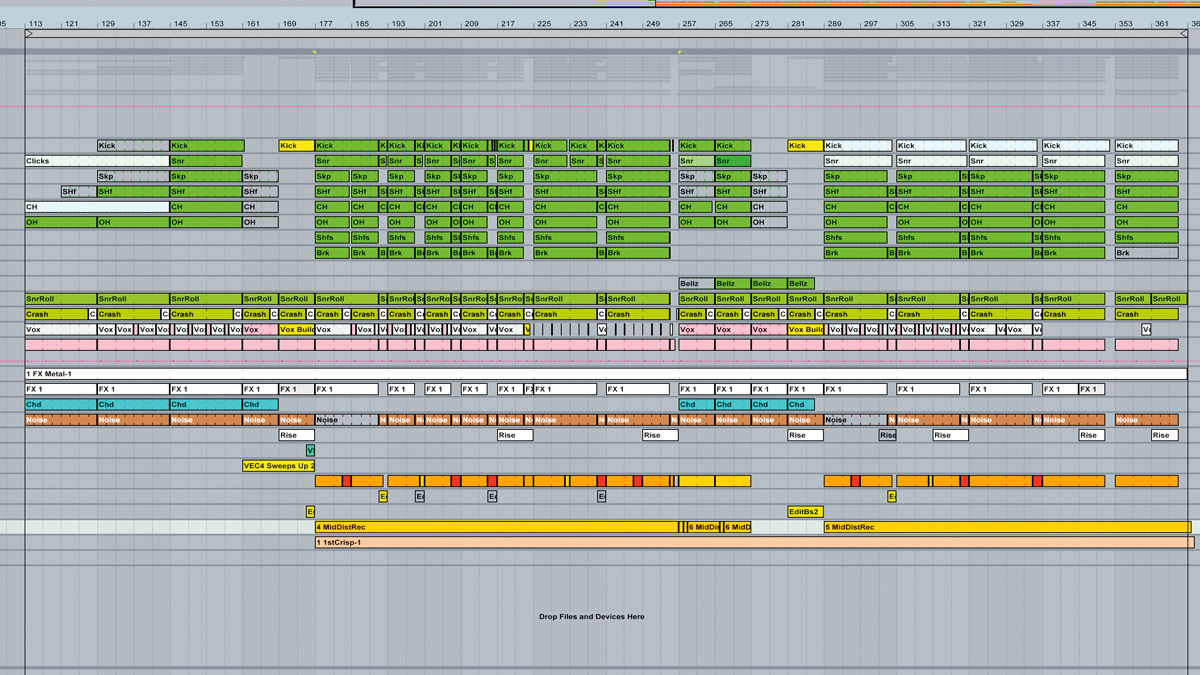6 ways to extend a short musical sketch into a full arrangement
Get out of eight-bar loop land and head into full-track territory with these compositional tips
For as long as there have been sequencers, producers have been experiencing the joy of coming up with a decent loop, followed by the frustration of not being able to develop this idea into a full song.
If you’re stuck in that initial groove, here are six tips to help you get out of it.

Tip 1: If you have to stop midway through arranging to design a bread-and-butter sound such as an FX sweep or riser, then you’re not working efficiently. Stock up your favourite banks of go-to effects and incidental sounds that can easily be thrown onto your DAW’s timeline with minimal effort.

Tip 2: Following the previous point, the sooner you can get ‘placeholder’ elements in the track (such as crash cymbals, reverse cymbals, stock white noise sweeps, etc), the better. These make a standard, cyclical loop sound a lot more interesting and polished, even if you end up swapping the sounds out later.

Tip 3: When stock FX sounds won’t cut it, spend 5-10 minutes firing your existing elements into creative effects such as eccentric delay returns or weird reverb algorithms. Render the results and weave them into your track for FX that are sonically similar to the rest of the parts.

Tip 4: Bust out of the loop immediately by duplicating your initial ‘A’ section, then creating ‘B’ and ‘C’ sections that flow into and out of your initial idea. Spend time getting the transitions just right, and you’ll have plenty of inspiration to finish the track.

Tip 5: Once you have a core loop, spend time creating an exciting build-up or edit section that’s designed to flow perfectly into your main loop. This will quickly help turn a monotonous, ever-repeating loop into something that sounds more like an actual song.
Want all the hottest music and gear news, reviews, deals, features and more, direct to your inbox? Sign up here.

Tip 6: Everyone knows the ‘subtractive arrangement’ technique - duplicate your parts out for several minutes, then mute or delete MIDI and audio regions to form the bare bones of the arrangement. Be careful, though - it’s easy to create boring records if you don’t spend enough time on transitions.
Future Music is the number one magazine for today's producers. Packed with technique and technology we'll help you make great new music. All-access artist interviews, in-depth gear reviews, essential production tutorials and much more. Every marvellous monthly edition features reliable reviews of the latest and greatest hardware and software technology and techniques, unparalleled advice, in-depth interviews, sensational free samples and so much more to improve the experience and outcome of your music-making.
